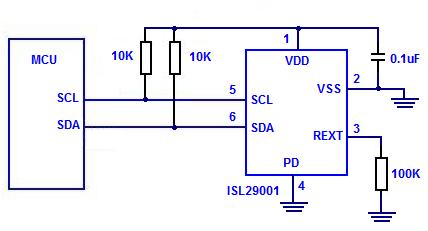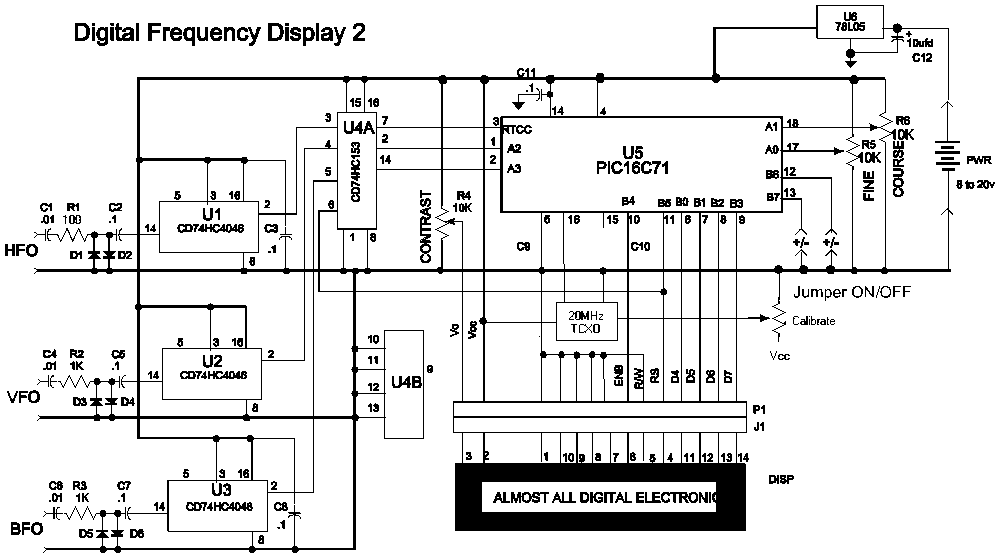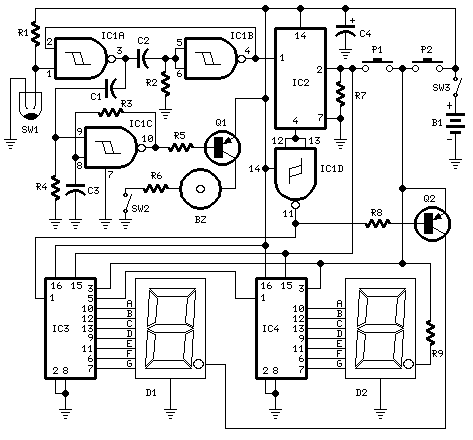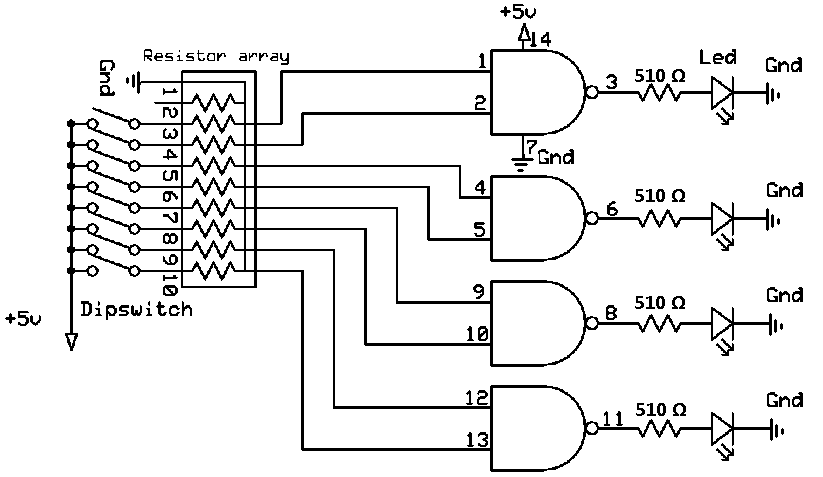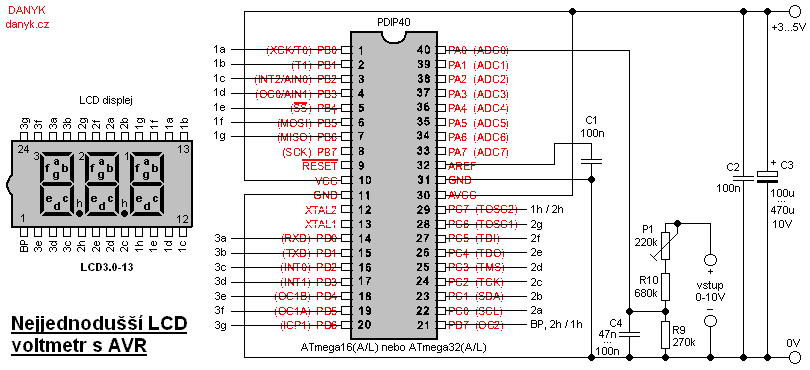
Digital Step-Km Counter

This circuit measures the distance covered during a walk. Hardware is located in a small box slipped in pants pocket and the display is conceived in the following manner: the leftmost display D2 (the most significant digit) shows 0 to 9 Km. and its dot is always on to separate Km. from hm. The rightmost display D1 (the least significant digit) shows hundreds meters and its dot illuminates after every 50 meters of walking. A beeper (excludable), signals each count unit, occurring every two steps.
The circuit operates by utilizing a microcontroller to process input data from a step detection sensor, which can be an accelerometer or a piezoelectric sensor. The microcontroller counts the number of steps taken by the user and calculates the distance traveled based on a predefined stride length, which can be adjusted for individual users.
The distance is displayed on a dual 7-segment display system. Display D2, representing kilometers, is configured to show values from 0 to 9, indicating the total distance in kilometers. The dot on this display remains illuminated to indicate the separation between kilometers and hectometers. Display D1 shows the distance in hundreds of meters, illuminating its dot after every 50 meters walked. This feature provides a clear visual indication of progress during the walk.
The circuit includes a beeper that provides auditory feedback to the user. The beeper is activated after every two steps, which aids in keeping track of the number of steps taken without the need to constantly look at the display. The beeper can be excluded from operation based on user preference, allowing for a more personalized experience.
Power management is also a key component of this circuit design. The device is powered by a small battery, and the microcontroller is programmed to enter a low-power sleep mode when not in use, extending battery life. The entire assembly is compact, designed to fit comfortably in a pocket, ensuring ease of use during physical activities.
Overall, this distance-measuring circuit combines functionality with user-friendly features, making it a practical tool for individuals looking to monitor their walking distance effectively.This circuit measures the distance covered during a walk. Hardware is located in a small box slipped in pants` pocket and the display is conceived in the following manner: the leftmost display D2 (the most significant digit) shows 0 to 9 Km. and its dot is always on to separate Km. from hm. The rightmost display D1 (the least significant digit) shows hundreds meters and its dot illuminates after every 50 meters of walking.
A beeper (excludable), signals each count unit, occurring every two steps. 🔗 External reference
The circuit operates by utilizing a microcontroller to process input data from a step detection sensor, which can be an accelerometer or a piezoelectric sensor. The microcontroller counts the number of steps taken by the user and calculates the distance traveled based on a predefined stride length, which can be adjusted for individual users.
The distance is displayed on a dual 7-segment display system. Display D2, representing kilometers, is configured to show values from 0 to 9, indicating the total distance in kilometers. The dot on this display remains illuminated to indicate the separation between kilometers and hectometers. Display D1 shows the distance in hundreds of meters, illuminating its dot after every 50 meters walked. This feature provides a clear visual indication of progress during the walk.
The circuit includes a beeper that provides auditory feedback to the user. The beeper is activated after every two steps, which aids in keeping track of the number of steps taken without the need to constantly look at the display. The beeper can be excluded from operation based on user preference, allowing for a more personalized experience.
Power management is also a key component of this circuit design. The device is powered by a small battery, and the microcontroller is programmed to enter a low-power sleep mode when not in use, extending battery life. The entire assembly is compact, designed to fit comfortably in a pocket, ensuring ease of use during physical activities.
Overall, this distance-measuring circuit combines functionality with user-friendly features, making it a practical tool for individuals looking to monitor their walking distance effectively.This circuit measures the distance covered during a walk. Hardware is located in a small box slipped in pants` pocket and the display is conceived in the following manner: the leftmost display D2 (the most significant digit) shows 0 to 9 Km. and its dot is always on to separate Km. from hm. The rightmost display D1 (the least significant digit) shows hundreds meters and its dot illuminates after every 50 meters of walking.
A beeper (excludable), signals each count unit, occurring every two steps. 🔗 External reference
